Episode 30: Correcting Behavior We Dislike In Our Horses
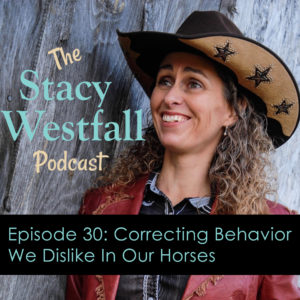
Subscribe and never miss an episode! (I listen in the barn and when I’m out driving)
Subscribe For Free!
Let’s talk about the idea of correcting a horse for behavior that we don’t like. I’m going to share three examples of corrections, a different way to think about corrections, and a story to help you remember it all. How smooth are your Corrections? If your horse anticipates your correction, does it make him better or does it make him worse?
I’m going to share some examples of corrections that I want you to ponder. Take the time to think about what these corrections would look like from the horse’s point of view. The ultimate goal is for the horse to get better as a result of just thinking about the possible corrections.
“Light pressure will teach the horse to search for something until they stumble upon something that works, and they get a reward.” Stacy Westfall Click To TweetShow Notes:
[02:03] Stacy kicks the show off with an extreme correction example that she saw when she was in college.
[03:36] It’s really important to think about it from the horse’s point of view. Does the correction cause the horse to anticipate it and get better or worse?
[04:08] A horse can’t make the leap of the rider’s mind. The anticipation of the correction can cause a problem.
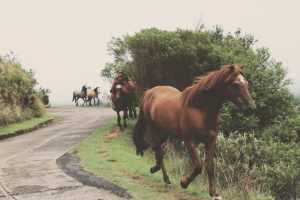
[05:20] You don’t want to send your horse confusing cues. If you can’t get forward motion, stop backing your horse up.
[06:10] Horses running backwards is very dangerous for you and the horse.
[06:23] Keys for good corrections includes slow hands and a stair-stepped progression. Coupled with the release of the queue on the desired response.
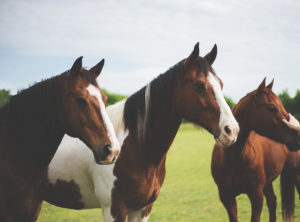
[07:53] Try a light tap with a rhythm. A hesitation in the rhythm is a noticeable difference. Rhythmic tapping can be much more effective, because the reward is much more noticeable.
[08:53] Clarity is required for your horse to figure out the pattern of the queue.

[09:33] Your correction should be smooth and clear and if the horse anticipates it, they should correct themselves.
[10:21] It becomes a beautiful thing when your horses understand your smooth clear corrections and start correcting themselves.
[10:46] Stacy shares an example of using horse training techniques with her kids and the power of anticipation. Where the correction helps get the outcome.
“Your correction should be smooth and clear and if the horse anticipates it, they should correct themselves.” Stacy Westfall Click To TweetLinks and Resources:
Episode 29: 3 Negative Thoughts Riders Often Have Toward Horses
3 Comments
Leave a Comment
SUBSCRIBE TO THE PODCAST HERE:
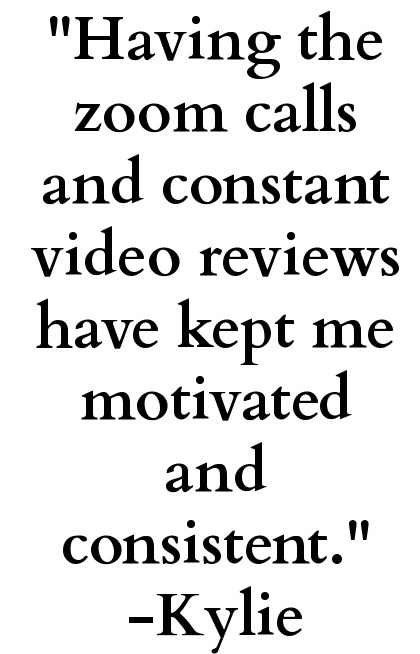
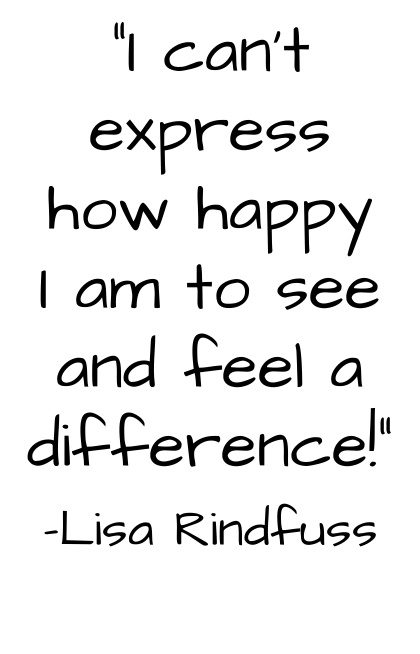
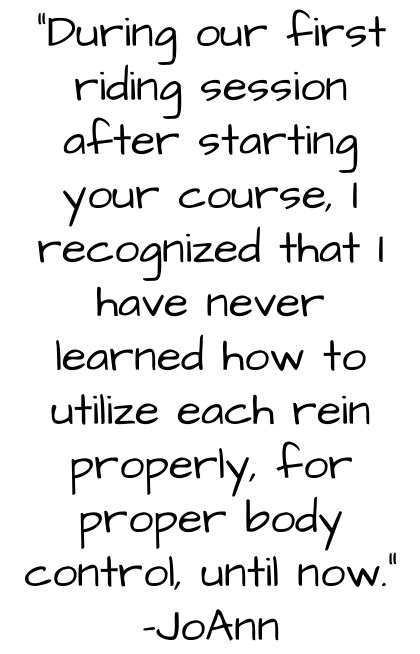
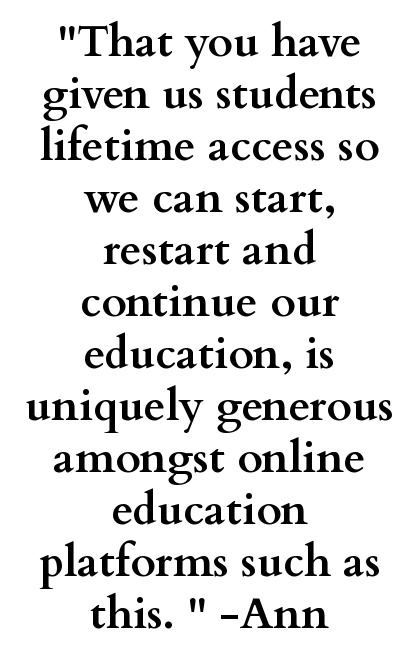
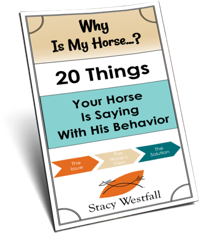
YOURS FREE
WHY IS MY HORSE...?




Hi Stacy!
This is so helpful, thank you! I’ve just been struggling with anxiety about correction with my mare. Problem is, she gets anxious about contact with the bit, as she doesn’t have a big release. From her perspective, I think the answer just doesn’t make sense to her. One rein is fine, but picking up two reins will cause her to champ at the bit incessantly. This didn’t start immediately in her training, but instead was when we were at a show and has been an issue since. I can correct it somewhat with 2-3 mellow rides that focus on lateral flexion, but it will flare up again randomly. She’s so light that just gathering most the slack out of the reins is enough, and from there, you can drive her from behind. But despite there being no actual pressure on her mouth she feels like she can’t escape and find the release. How do you get them to relax into the contact instead of being anxious about the pressure?
Thank you again for all that you do!
Chelsea
This was great! I find there are some methods out there that rely on “move their feet”, but my Tex (as most of us do) is much more a thinker than a mover! If we allow him a bit more time and take things a little slower he gets the answer much more effectively than if you make him move his feet for correction. Thank you Stacy!
I believe that instead of one answer, people can learn to see what the horse is experiencing. Then they can tailor the training to the individual. I KNOW everyone out there can learn this concept. It isn’t as step 1-step 2-step 3…but it works and it gives people the tools to understand their horse.
Glad you’re enjoying the podcast!